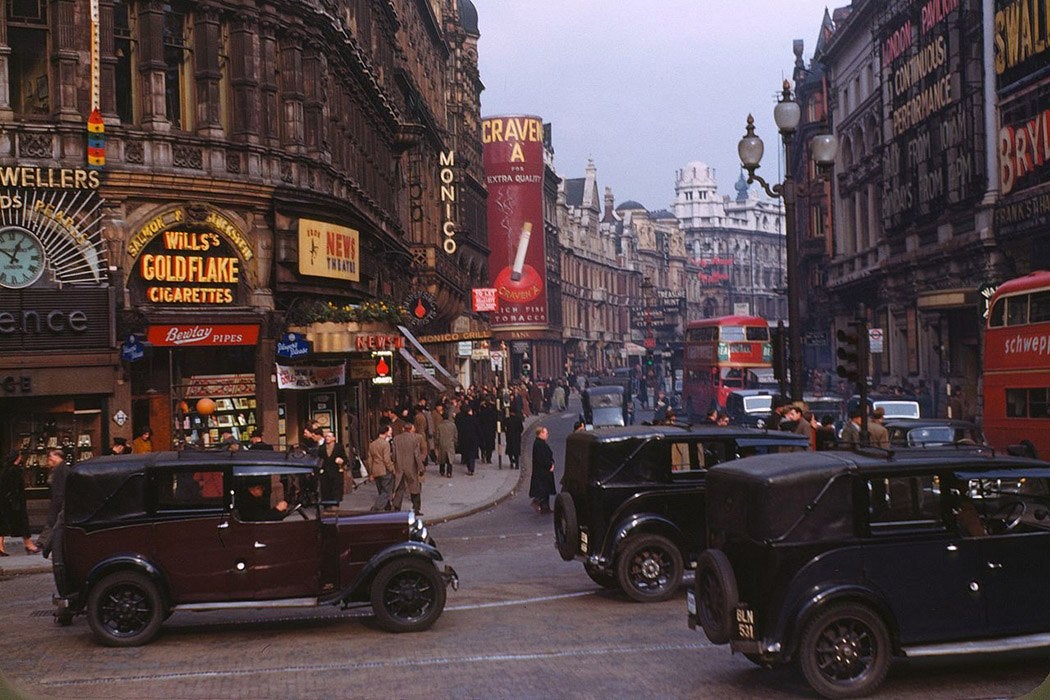The U.S. retail sector lost 60,000 jobs in the first quarter of 2017, and it’s on pace for more than 8,000 store closures this year. We’re beginning to see the outlines of a potential future in which online shopping drastically reduces the significance of physical stores.
In a 1979 paper, Gareth Shaw and M. T. Wild traced the beginnings of the store as it developed in British cities in the nineteenth century.
Shaw and Wild write that pre-industrial “retail” began with periodic markets or fairs. As more people moved to the cities, craftsmen began setting up local shops, selling their own products to their neighbors.
By the start of the nineteenth century, fairs were no longer the premier places to buy things in Britain. Early in the century, shopkeeping emerged as a common profession in urban areas. Looking at six British cities, the authors found that there were 62 shops for every 10,000 people in 1801. By 1851, that had nearly tripled to 178. At the same time, the number of itinerant traders also rose. Now, rather than buying directly from a craftsperson or waiting for the next market day, families could rely on middlemen offering a variety of different wares in one place.
As industrial production ramped up and urbanization continued, the retail market became increasingly sophisticated.
Between 1831 and 1870, Parliament passed almost 200 acts to improve local markets, creating regulations on the use of land in central cities to improve the flow of commerce. In these years, many cities began erecting covered market halls, offering a central location for small-scale food retailers to set up shop. Bazaars built during these decades provided the same advantages for other kinds of sellers. By the middle of the century, Shaw and Wild write, London’s West End had become a “fashionable retail center” with multiple bazaars.
Meanwhile, clothing shops were trying to tap the growing urban markets by offering a wider variety and greater volume of products. Some of them joined adjacent buildings together to provide more floor space, creating the first department stores. These efforts were successful enough that, toward the end of the century, entrepreneurs began constructing purpose-build department stores. As land value rose and construction methods improved, these became multi-story buildings that defined shopping districts.
Victorian suburbs also got their own shopping centers, where shopkeepers and street hawkers provided a variety of goods in a centralized location.
Over time, of course, retail would continue to evolve, particularly as car culture reduced the importance of downtown shopping districts and permitted the creation of malls and big-box stores. But the essential notion of “going to the store” was in place, not to be disrupted until now.







